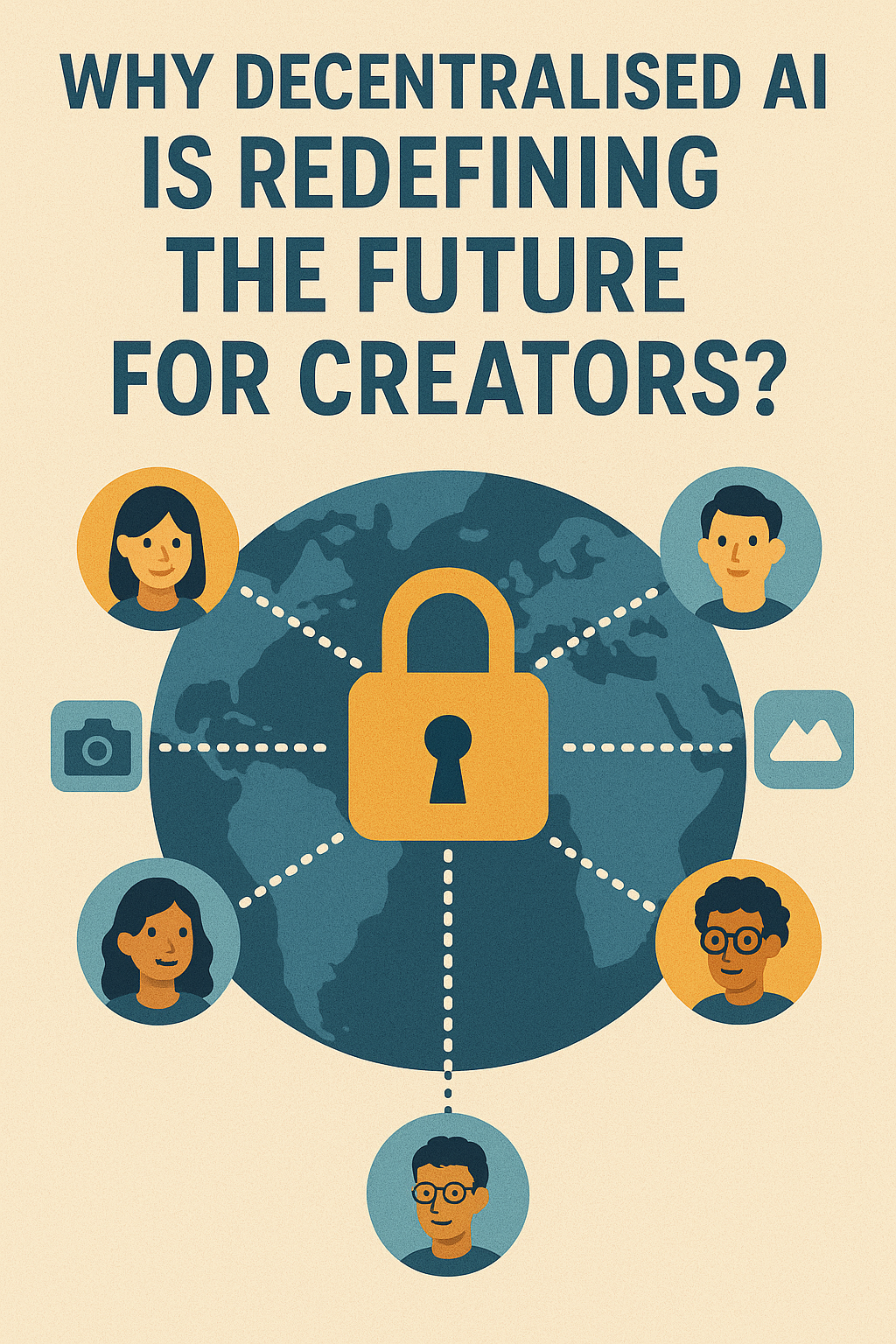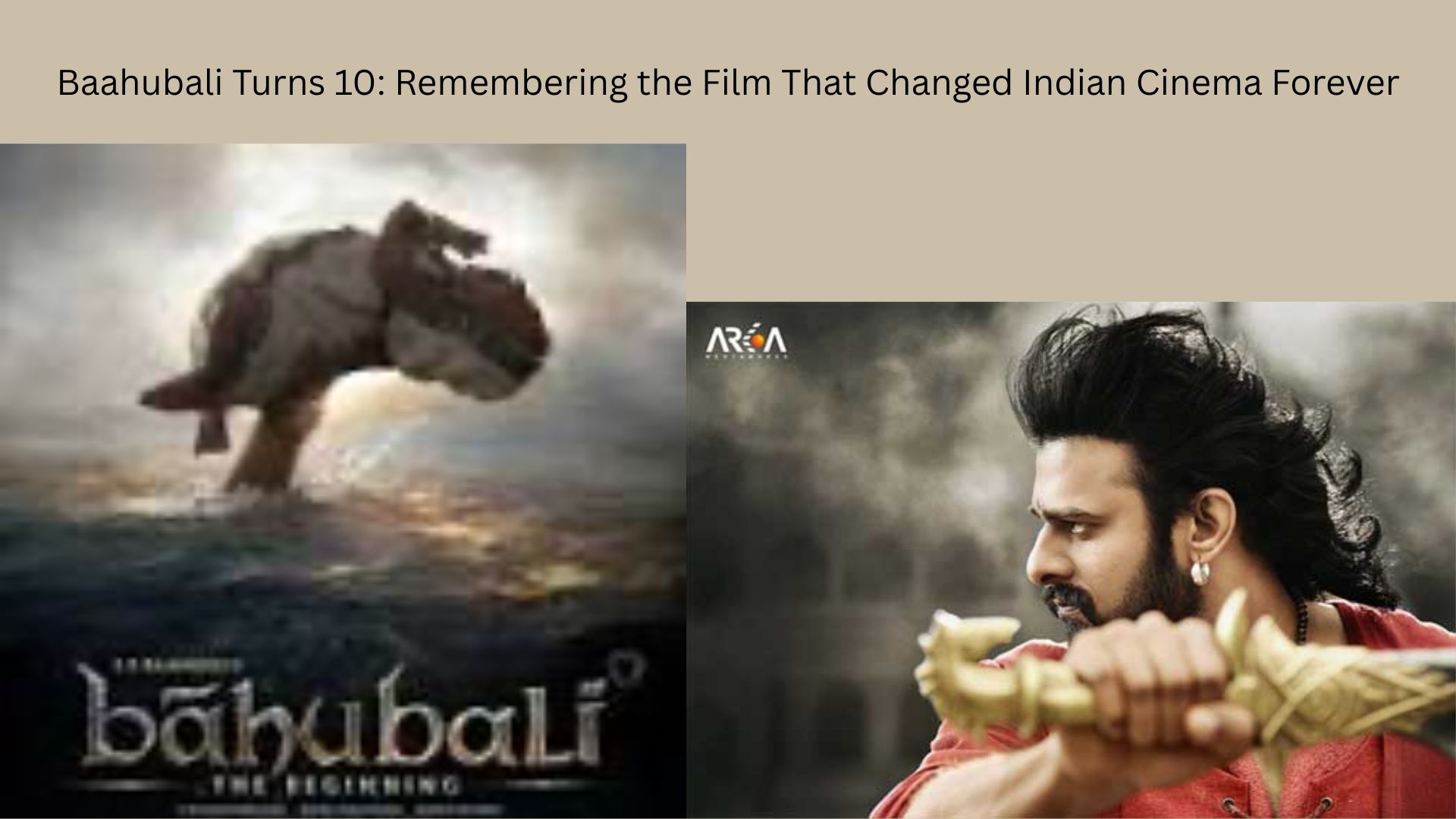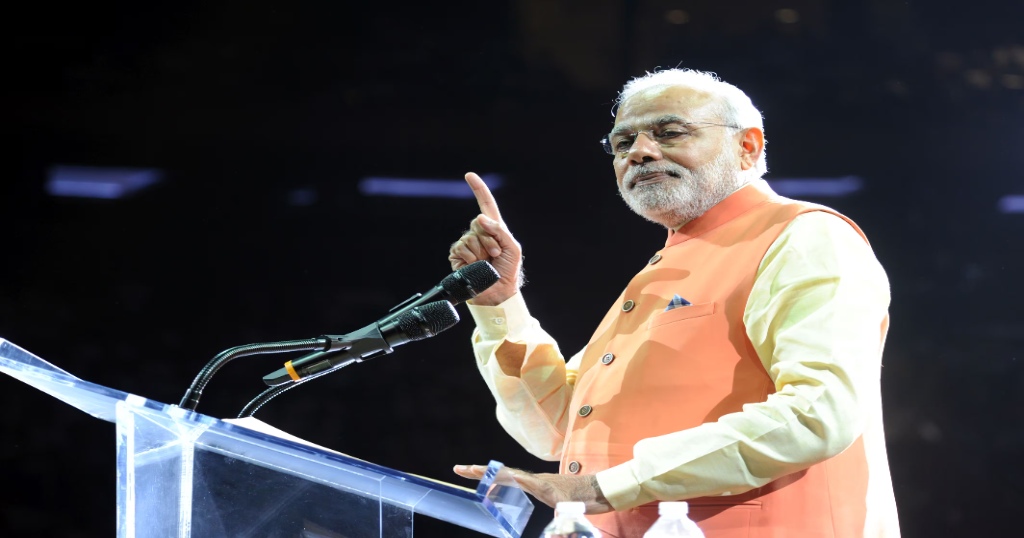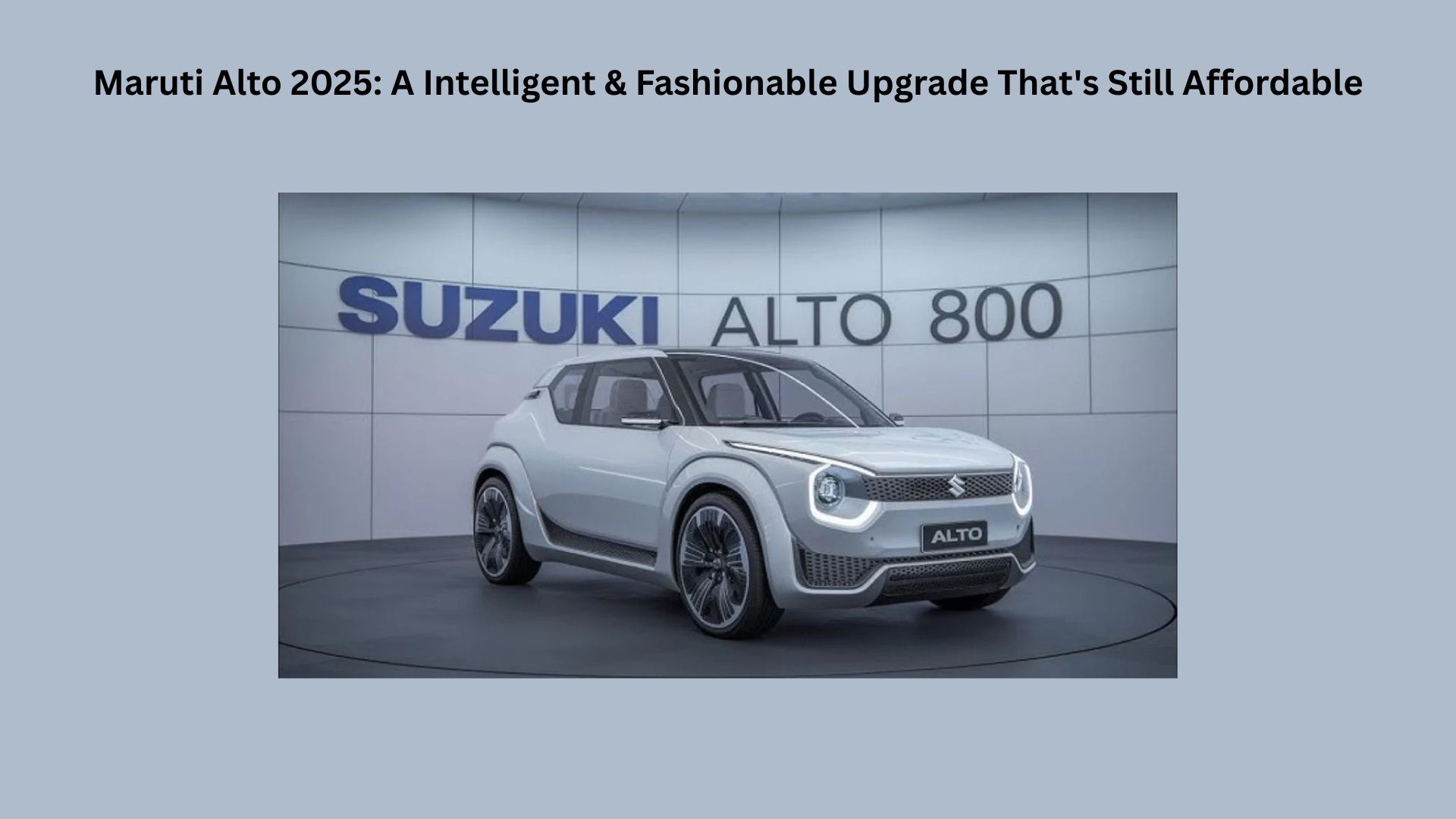
For decades, advanced AI was within the domain of tech giants—companies with deep pockets, proprietary data sets, and high-speed hardware access. Decentralized models were the norm, and solo developers and small creators had to rely on costly APIs and limited control. But today, in 2025, something is changing: decentralised AI. This upstart is giving creators everywhere—artists, coders, writers, musicians, and entrepreneurs—the power to create and profit from AI on their own terms.
What is Decentralised AI?
Decentralised AI is an arrangement under which training, hosting, and deploying AI models are decentralised within a network instead of being under one firm or company. It’s like blockchain for artificial intelligence —people can provide computing, data, or models to a shared pool and, in return, access the resources of AI without gatekeeping.
This is based on community networks, smart contracts, and governance. Initiatives such as Bittensor, Gensyn, OpenAgents, and Cortex are spearheading this with open, community-driven alternatives to closed-source AI systems.
Must Read: AI-Inspired Innovations and Their Social Impacts
Why It Matters for Creators?
In traditional AIs, the programmers are forced to go to third-party sites (such as OpenAI, Google Cloud, or AWS) for procuring language models, image generators, or ML APIs. They not only incur fantastic costs but also constrain—usage limits, license agreements, and data agreements.
Decentralized AI eliminates such constraints. Programmers can now:
* Train their own models out of communal processing powers
* Tune models to preference or audience
* Monetize their AI apps without platform costs
* Retain full ownership of their data and creative content
Consider a director teaching an AI model to identify a particular cinematic style, or an author creating a chatbot that only uses the author’s world’s tone. This was virtually impossible without corporate budgets until quite recently.
One of the largest obstacles to AI adoption has ever been cost. Training massive models is slow on GPUs, cloud compute, and storage. Even relying on pre-trained models via paid APIs can be expensive in the long run, particularly for solo creators.
Decentralized AI provides an even lower price by spreading the load among thousands of volunteer users. Rather than leasing servers from a cloud provider, clients “tap into” a decentralized platform. This keeps infrastructure expenses low and typically renders AI tools free or considerably less expensive.
Spaces such as Hugging Face Spaces, Replicate, and Stability AI have embraced open-source, community-based models that enable developers to build, collaborate, and monetise AI tools collectively in a sort of GitHub for AI.
Data Ownership and Creative Freedom
Artists are losing control of their data in centralized systems. Solo contributions, inspiration for their style, or training data are scraped, saved, and recycled—even frequently without permission or compensation. For instance, several artists found their work was used to train massive AI models without permission.
Data sovereignty is the highest priority in decentralized AI. Developers, artists, and musicians can train AI on their own back catalogs without surrendering intellectual property rights. They are responsible for how, where, and by whom their models are used.
This is especially empowering to underrepresented or marginalised creators, whose content is ignored or hijacked by the dominant structures. Decentralised AI returns creative power and profit-sharing to them.
Community-Driven, Collaborative Culture
Decentralized AI stands in contrast to traditional platforms defined by top-down innovation. Decentralized AI is aided by cooperation in communities. Users do not merely use AI—collaborate on it.
Communities can:
* Co-create models based on shared interests
* Decide on features or upgrades via decentralized governance
* Share resources and distribute earnings via smart contracts
To illustrate, an AI art cooperative creates a custom image generator and sells outputs as digital art or NFTs, and any individual can easily claim entitlement to revenue. Such co-creation and shared ownership is transforming the business model of digital economies.
Must Read: The AI Revolution That You Need to Know About in 2025
Challenges and Limitations
While promising, decentralised AI is still in infancy and has its own set of challenges:
* Training big models on peer-to-peer networks is more time-consuming than on centralized servers.
* Susceptibility to security attacks is model poisoning or network attack.
* There is no standardisation, which makes it harder to guarantee quality and interoperability among nodes or contributors.
* Ease of use is still in the works—most decentralised platforms need technical expertise.
But innovations such as federated learning, secure multi-party computation, and edge AI are addressing such challenges, which are making decentralised solutions increasingly secure and scalable.
The Future Is Creator-Led
The decentralised AI revolution isn’t a technology change—it’s a paradigm shift in power, innovation, and access. Creators no longer need to wait for companies or platforms to grant them an invitation to create. They can now publish, train, and build their own AI applications, share with the world, and harvest the value from their work.
In this new ecosystem, transparency, collaboration, and freedom of expression are the default—not the exception. Whether you’re a coder writing your first AI script or an artist experimenting with generative visuals, the tools of the future are finally within reach.
READ:




